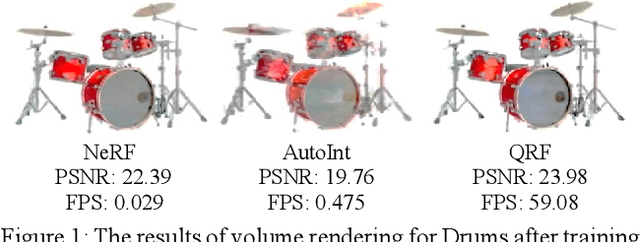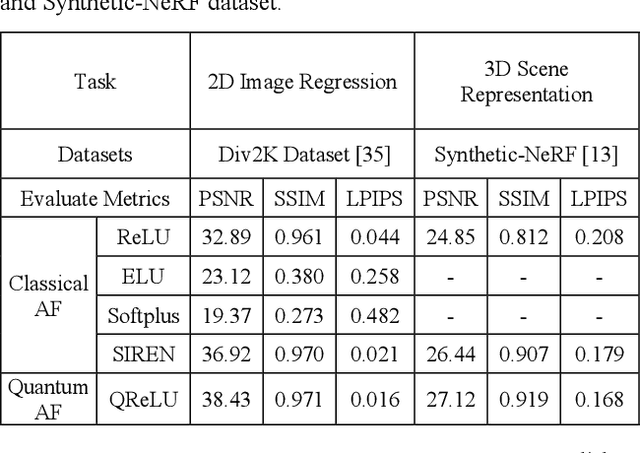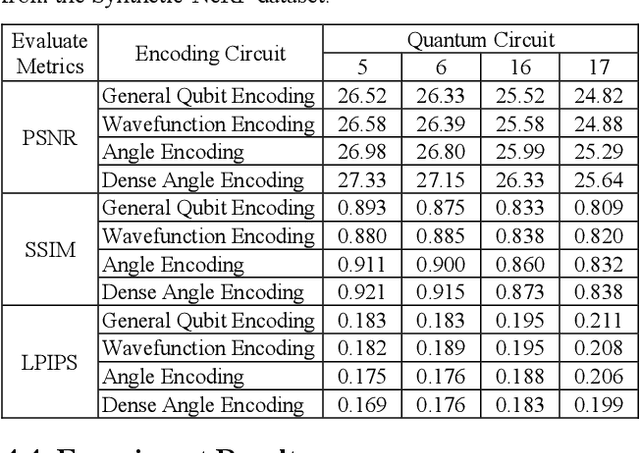YuanFu Yang
Semiconductor Defect Pattern Classification by Self-Proliferation-and-Attention Neural Network
Dec 01, 2022



Abstract:Semiconductor manufacturing is on the cusp of a revolution: the Internet of Things (IoT). With IoT we can connect all the equipment and feed information back to the factory so that quality issues can be detected. In this situation, more and more edge devices are used in wafer inspection equipment. This edge device must have the ability to quickly detect defects. Therefore, how to develop a high-efficiency architecture for automatic defect classification to be suitable for edge devices is the primary task. In this paper, we present a novel architecture that can perform defect classification in a more efficient way. The first function is self-proliferation, using a series of linear transformations to generate more feature maps at a cheaper cost. The second function is self-attention, capturing the long-range dependencies of feature map by the channel-wise and spatial-wise attention mechanism. We named this method as self-proliferation-and-attention neural network. This method has been successfully applied to various defect pattern classification tasks. Compared with other latest methods, SP&A-Net has higher accuracy and lower computation cost in many defect inspection tasks.
QRF: Implicit Neural Representations with Quantum Radiance Fields
Nov 16, 2022



Abstract:Photorealistic rendering of real-world scenes is a tremendous challenge with a wide range of applications, including mixed reality (MR), and virtual reality (VR). Neural networks, which have long been investigated in the context of solving differential equations, have previously been introduced as implicit representations for photorealistic rendering. However, realistic rendering using classic computing is challenging because it requires time-consuming optical ray marching, and suffer computational bottlenecks due to the curse of dimensionality. In this paper, we propose Quantum Radiance Fields (QRF), which integrate the quantum circuit, quantum activation function, and quantum volume rendering for implicit scene representation. The results indicate that QRF not only exploits the advantage of quantum computing, such as high speed, fast convergence, and high parallelism, but also ensure high quality of volume rendering.
Semiconductor Defect Detection by Hybrid Classical-Quantum Deep Learning
Aug 06, 2022



Abstract:With the rapid development of artificial intelligence and autonomous driving technology, the demand for semiconductors is projected to rise substantially. However, the massive expansion of semiconductor manufacturing and the development of new technology will bring many defect wafers. If these defect wafers have not been correctly inspected, the ineffective semiconductor processing on these defect wafers will cause additional impact to our environment, such as excessive carbon dioxide emission and energy consumption. In this paper, we utilize the information processing advantages of quantum computing to promote the defect learning defect review (DLDR). We propose a classical-quantum hybrid algorithm for deep learning on near-term quantum processors. By tuning parameters implemented on it, quantum circuit driven by our framework learns a given DLDR task, include of wafer defect map classification, defect pattern classification, and hotspot detection. In addition, we explore parametrized quantum circuits with different expressibility and entangling capacities. These results can be used to build a future roadmap to develop circuit-based quantum deep learning for semiconductor defect detection.
 Add to Chrome
Add to Chrome Add to Firefox
Add to Firefox Add to Edge
Add to Edge